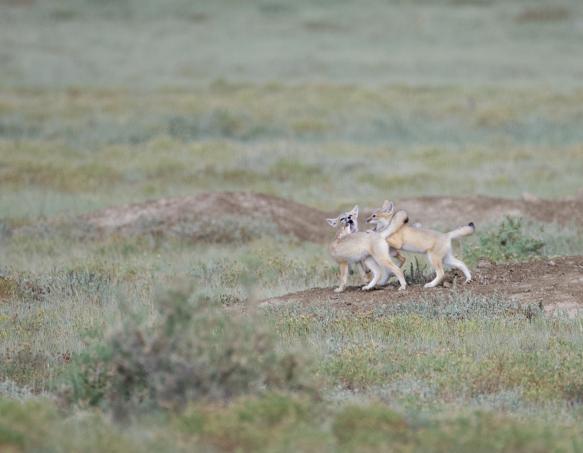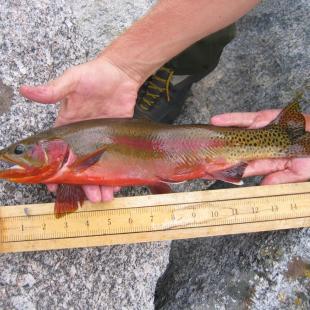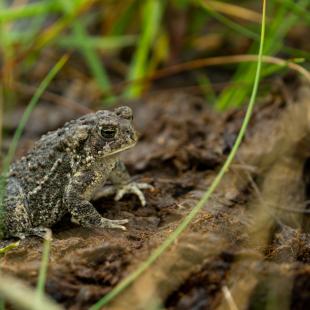Within Wyoming, the swift fox population is stable or increasing. The swift fox has been documented outside its historic range in Wyoming with reports of individuals spotted on the western side of their assumed range boundary, suggesting a westward range expansion.
This species is abundant across suitable habitat throughout the state, but they are still vulnerable to various threats such as predation, habitat alteration and loss, energy development and vehicle collisions.

Habitat
Swift fox habitat includes short-grass or mid-grass prairies with flat terrain or gentle rolling hills and shrubbery. Within Wyoming, this species also utilizes agricultural farmland. Another important aspect of swift fox habitat is their burrows or dens. They are known to dig their own burrows or locate and enlarge abandoned burrows from badgers and ground squirrels.

Adaptations
The swift fox has large ears that enable it to hear its prey and detect approaching predators. True to its name, this species is exceptionally fast. Its coat changes color with the seasons, providing camouflage that helps it avoid detection by predators.
Behavior
Unlike other canine species, such as coyotes, which use their dens primarily for breeding, the swift fox relies on its dens year-round for protection from the elements and to avoid predators. The swift fox is primarily nocturnal and concentrates its hunting efforts during the night. If seen outside its den, the swift fox is likely sunning itself during the colder months of the year.
Reproduction
Swift foxes mate between December and February and typically give birth to 4 or 5 pups in March or April. Juvenile swift foxes, which are called kits or pups, are close to full-grown within 4 or 5 months of birth.
Where to find and view
In Wyoming, their range primarily encompasses the eastern side of the state. Due to the nocturnal behavior of the swift fox, this species might be tricky to view, they can start to get active just after sunset and can be seen in the fading light. However, on a cold, sunny day, you might spot one sunning itself outside of its den.










